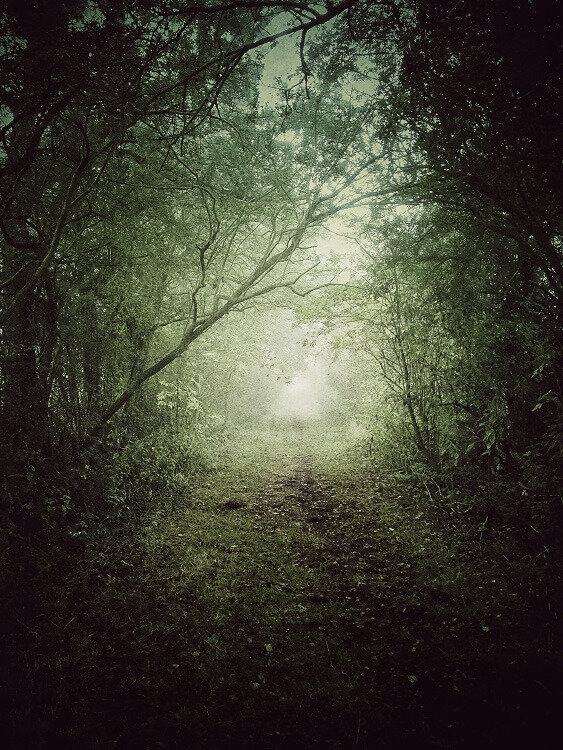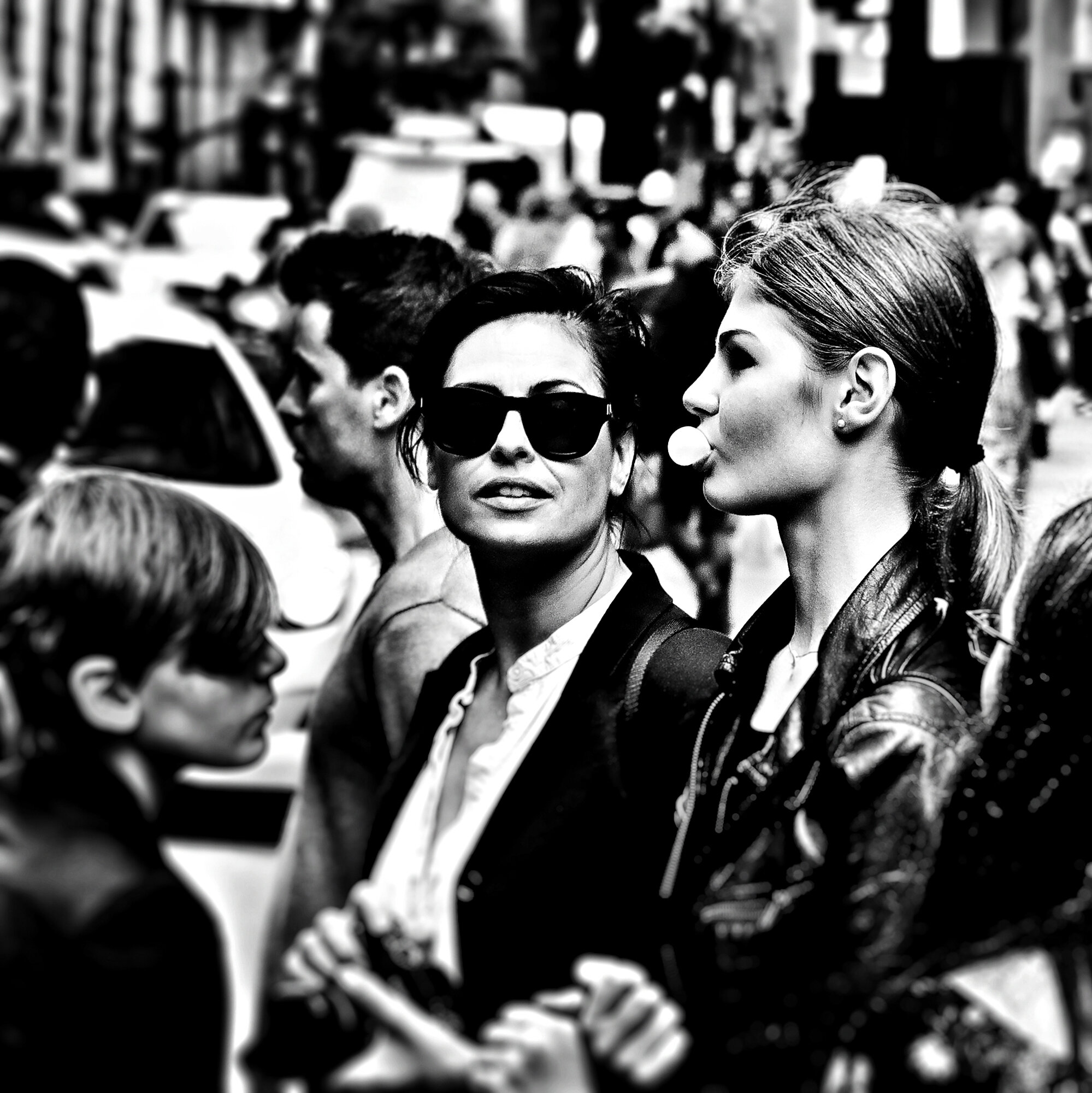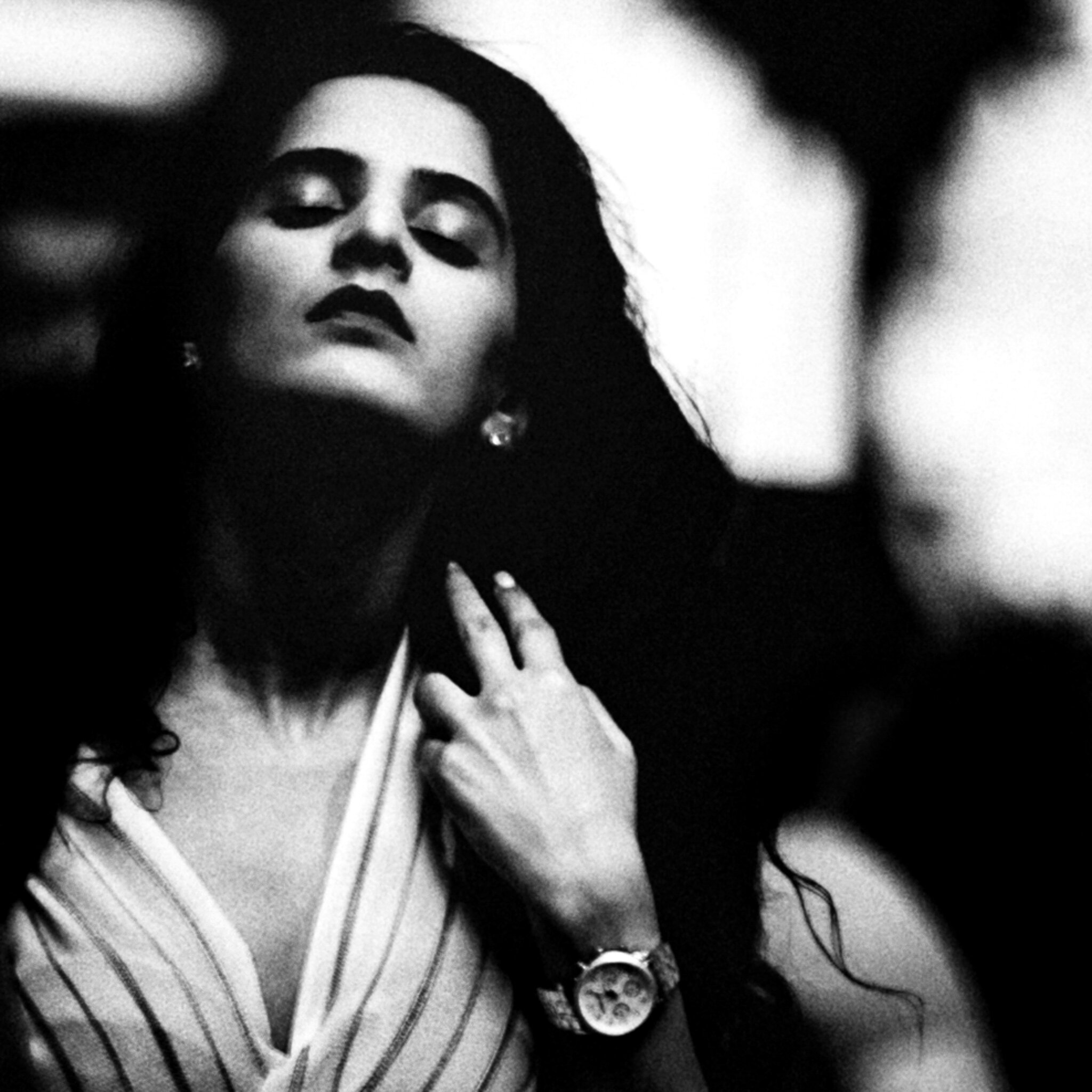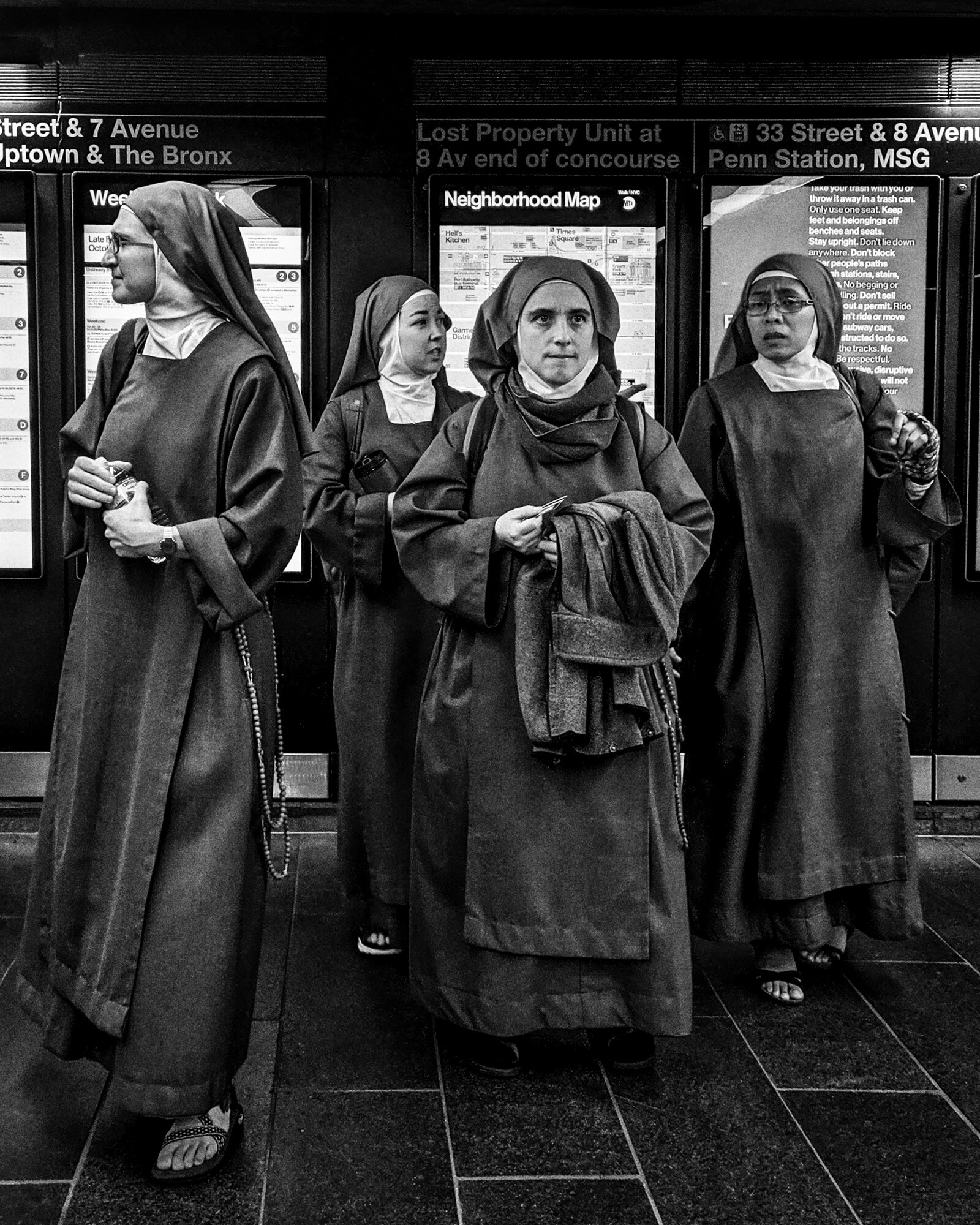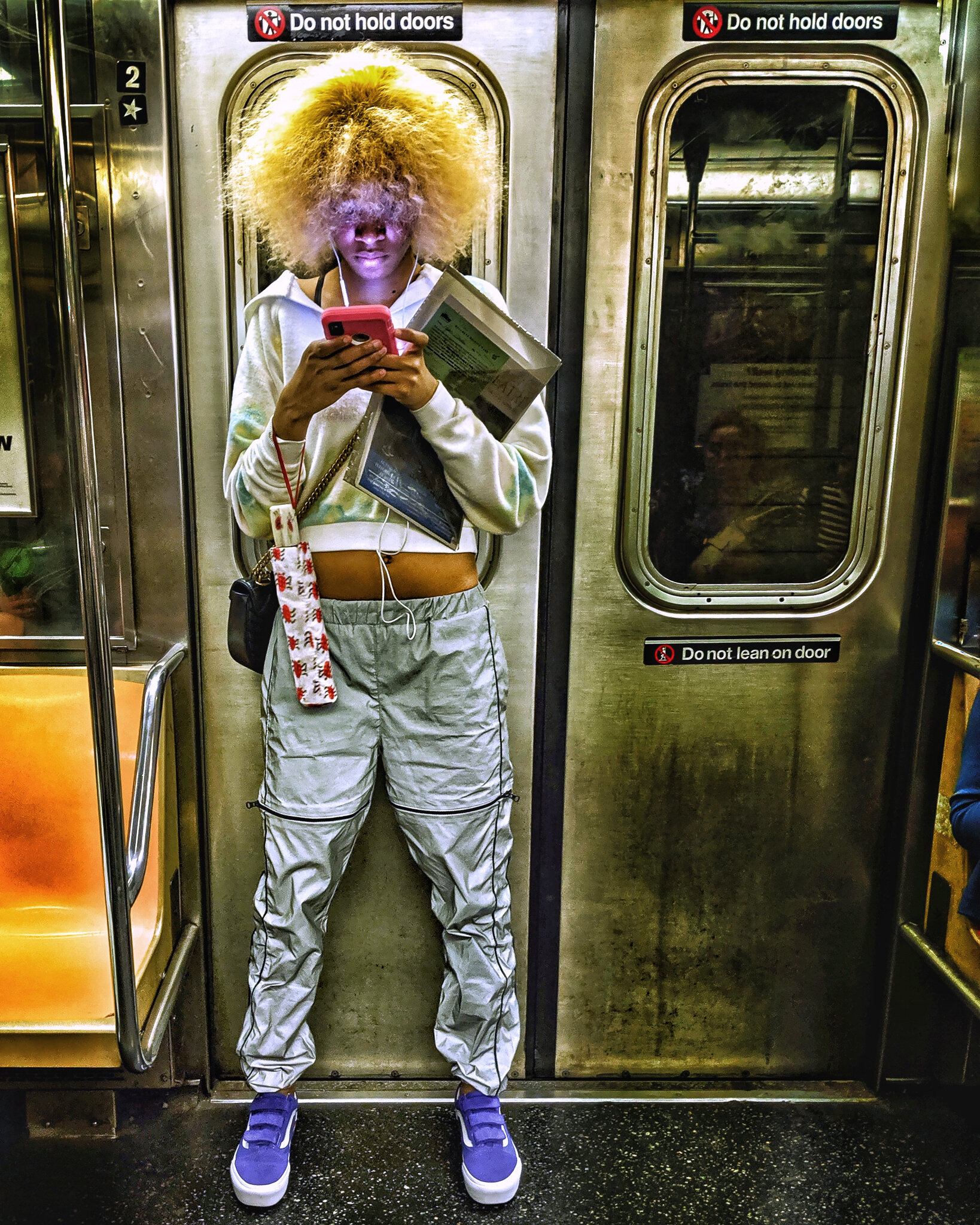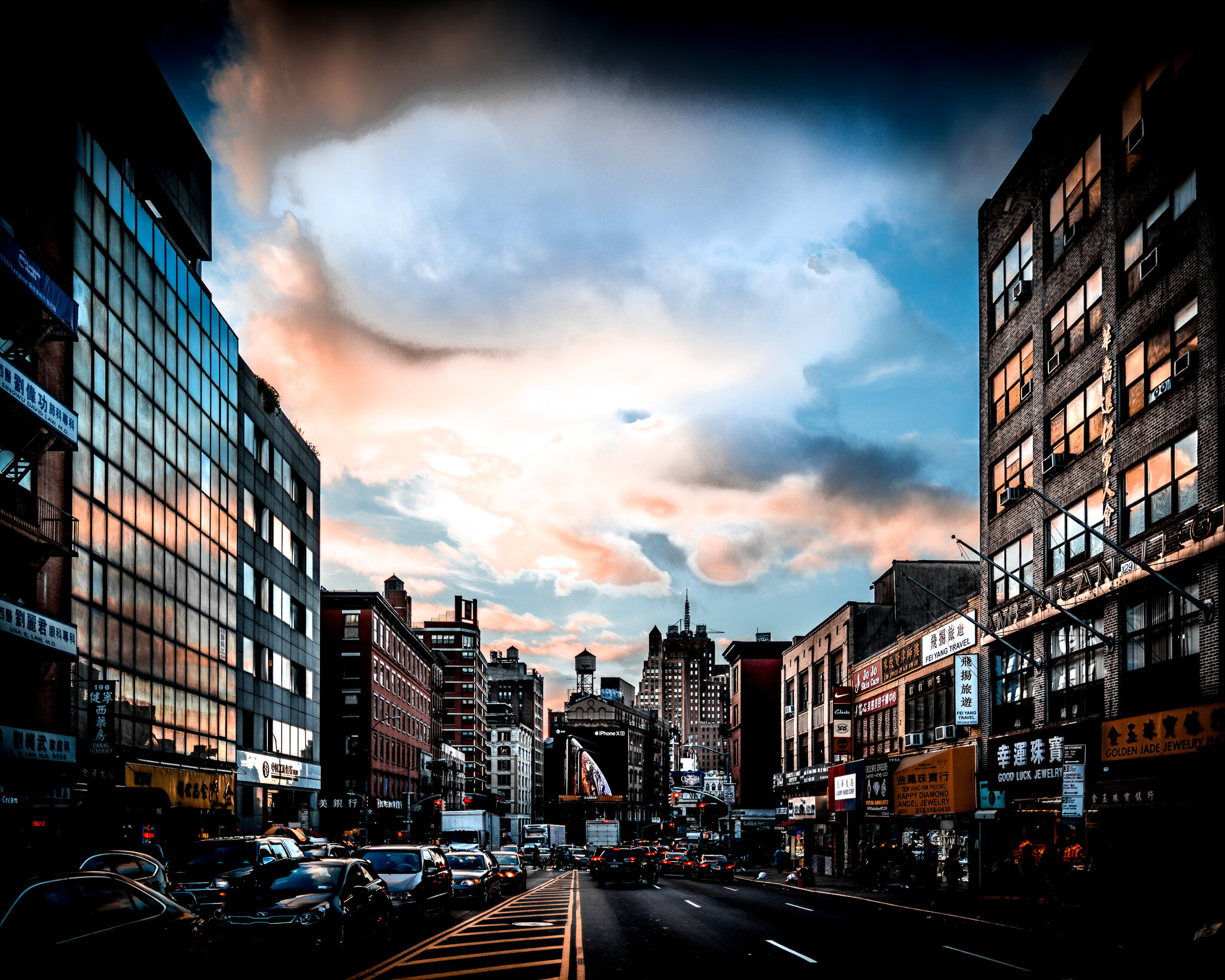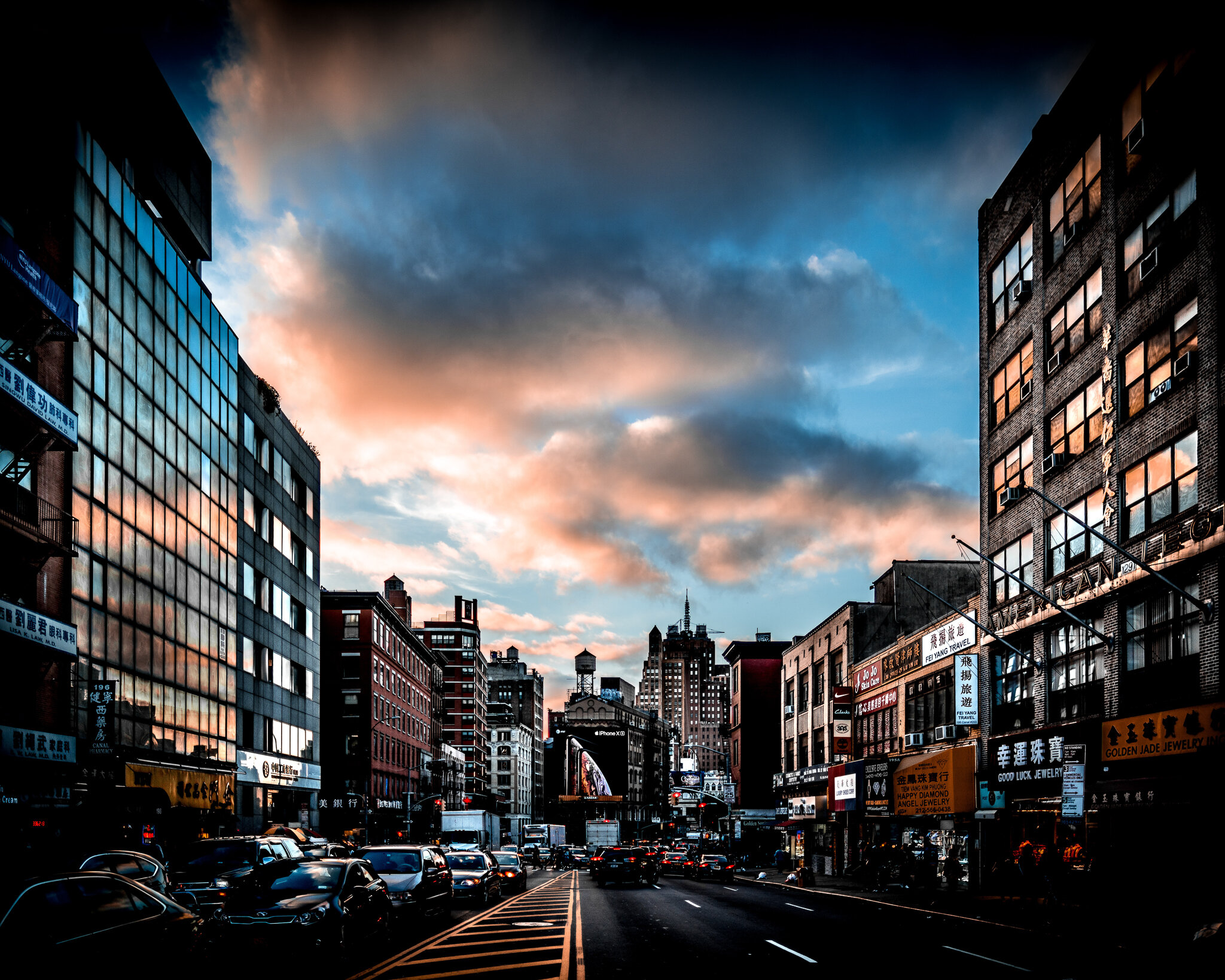Many times, people have asked me whether their phone camera really is “good enough” to take truly great photos. Even though they have seen great phone photos on Instagram and other places, they still doubt, because they really don’t understand why, or what that actually means.
So, here I will try to explain it to you.
The fact is, your phone can take excellent photos, and you can create stunning images with it. But…there are limitations.
I will not talk about the option of having and using more than one lens (and other accessories) for people using big cameras, because they are not necessary for taking great photos, and it will needlessly complicate what is really very simple. I just want you to understand the most basic underlying reason.
So, here is what causes the main limitations of a phone camera, which you might already have known, but don’t know why:
A phone camera has a much, much smaller image sensor. The sensor needs to be small, because the phone is small.
Bigger cameras have differing sensor sizes, but they are all much bigger than a phone’s sensor.
“Full-frame,” “APS-C” and “micro four-thirds” are the three sensor sizes found on most cameras (Full-frame is the biggest of the three).
“Does that mean the bigger camera is better, because of the bigger sensor?”…Yes!...and...No!
“Wait. What?”
I’ll explain…
Although the phone’s camera sensor is tiny, it can take outstanding photos, just as outstanding as a big camera. There are countless stunning photos (award-winning photos; photos published in major magazines and newspapers) that have been created with phones:
Also, there are many well-known professional photographers who shoot with their phones:
"Sooo, then…Why is the answer also ‘Yes,’ … that the big camera sensor is better?”
Because, the smaller image sensor of the phone's camera limits some of your creative options and flexibility…both before, and after, you’ve taken the photo.
For example...
1. The focusing of the phone camera, many times, is basically stuck at infinity.
When you take a picture, basically everything in the photo, near and far, is in focus (infinite “depth of field”). You cannot make adjustments to the camera in order to blur some areas before you take the photo (yes, I know some phone cameras have “portrait” mode, but that is not the same thing...Portrait mode is a software imitation of true “depth of field”).
"What is depth of field, Sensei?"
It is how far into the distance the photo is in focus (what parts of the photo are in focus).
With a big camera, before you take the photo, you can change the depth of field to be farther, or more shallow, depending on what you want. Therefore, you can keep some parts of your photo in focus, and blur other parts, in order to make the main subject of the image stand out (for example, blur the background to emphasize what is closer).
Thus, you have much better control with a big camera over what is in focus.
Here is an example of deep depth of field…almost everything is in focus:
Here is an example of shallow depth of field. Only the subjects closest to the camera are in focus:
2. The phone's photos show more “noise” when taken in low light.
"What is noise?"
In simple terms, noise is the tiny dots that you can see in the photo...the more “noise,” the more or bigger the dots.
Usually, this makes the photo not look as nice as it could...but, not always! Sometimes noise looks good. Noise is also called "grain," and many photographers like grain to be present in their photos.
3. The phone's photos show more noise when cropped.
"What is cropping?"
Cropping is cutting out edges of the photo that you don't want to see, in order to remove distractions and make the photo look better. You do this with the "cropping tool" in a photo app, such as Snapseed, or software, such as Photoshop. The more cropping (cutting) you do, the more noise will emerge and be visible.
With the big camera’s bigger image sensor (and, usually, higher resolution…”megapixels”) you can crop more freely without worrying too much about noise becoming visible in the photo.
4. The phone's photos show more noise when enlarged to make big photo prints.
For example, with the big camera you might be able to enlarge the photo to 16 x 20 inches (40.64 x 50.8 cm), or larger, and there may be almost no noise (grain). With the phone, you might already start to see noise in a 5 x 7 inch (12.7 x 17.78 cm) print.
"But, does that matter?"
Not really! However, that is a discussion for another post. (I will give you a hint...the bigger you make your print, the farther away from it people will need to stand to look at it and take it all in.)
5. If you try to "zoom" by pinching the screen on your phone, the photos will have...YES, YOU GUESSED IT!...noise.
The more you "zoom," the worse the noise.
"Goodness! Is there a solution?"
Yes…you “zoom” with your feet...meaning...you walk closer to your subject ;-)
This is also the same solution for the big camera…you would zoom with your feet (unless you have a zoom lens attached). Although, with the bigger sensor, you also have leeway to crop the image…that would make objects appear closer (but noise may start to appear, depending how much you cropped).
(BTW...I have zoom lenses, which I basically never use. I almost always use a 24mm, 50mm or 85mm lens, and I just zoom with my feet when needed.)
6. The phone's photos have less “dynamic range.”
"Jumping firecrackers! What is Dynamic Range!?"
In a scene with uneven light (some very bright areas and some very dark areas), it is how much of the black (darkest area) in the scene, and how much of the white (lightest area) in the scene, the phone can capture with detail.
"Why would this matter?"
Because...when you use a photo app, or Photoshop, etc., to make adjustments to uneven photos taken on a big camera that has good dynamic range, you can still bring out a lot of detail in the blacks (shadows) and whites (highlights) of the photos, which at first you could not see.
With the phone, there is a limit to how much you can do this. If you take a photo in uneven light with a phone, and you end up with pure black, or pure white, areas in which you cannot see any detail…you will not be able to fix that. (You have, surely, seen this in photos...such as photos of sky and clouds, in which you cannot see the cloud details because the bright sky is completely white...“blown out.”).
“Isn’t there anything I can do?”
Yes. When you focus on your phone, you do it by tapping on the spot you want to set in focus. Many phones also allow you to also tap a second time, to select the spot that you want to set for “exposure.” For the second tap….tap on the brightest spot in the scene. That should make the brightest area “expose” correctly when you take the photo, thus keeping the details visible in that area. Professionals almost always expose for the brightest spot.
(You will probably see the the rest of the scene become darker….but that should not be a problem. Because, you should be able to brighten those dark areas with whatever photo app you use after you have taken the photo.)
Here is an example of a “blown out” sky, and one that was exposed correctly:
Now...here are some positives of the phone:
It's tiny! It fits in your pocket…it doesn't look like you're pointing a bazooka at someone…and, it's much less noticeable if you are trying to take candid shots.
It is always with you. So, less of a chance of missed moments.
If you take the photo in good light and don't crop or zoom, the photo quality is excellent. Basically, just as good as a bigger camera. No noise!
You can make adjustments to the photo immediately, right on the phone, using any photo app (you don't need to import your photos to a computer, as you do with a big camera).
If you want, you can immediately post your photo to social media from your phone; or text or email it.
You can make phone calls 😜
And…just to keep things balanced, here are some positives of the big camera:
If you shoot in very low light, or uneven light, or you need to crop, the photo quality can still be fantastic. Not too much noise!
You have more options and flexibility with how you can take your photos, and how you can make them look afterwards. For example, depth of field; shadow/highlight detail.
Huge selection of lenses, of various abilities, available to you.
You can usually customize your camera extensively.
If you are ever stranded on a deserted island, you can crack coconuts with it 😜
The above is not a full list of possible advantages and negatives of phones and big cameras; but, to me, they are the major points that matter most, and which many people don't really know about or understand.
Again, people always hear…"phone photos are just as good as those taken with a big camera" or "big cameras take better photos"...but no one really explains why, or why not. That is why I wanted to write this post.
So, in conclusion…
You just need to remember…
If you take the same photo with both types of cameras in good lighting conditions, and you do not crop the photos, or greatly enlarge them, then both photos will look equal in quality.
Once you change things, however (the lighting is not bright enough, or is uneven….you crop the photo….you enlarge the photo too much) that is when you will begin to have problems with the phone's images.
So, if you have a phone as your camera, that is absolutely fine...as I said and showed above, there are professionals, and amateurs, who use phones to create fantastic images. Therefore, you…“Me?” Yes, you!…can create stunning, award-winning, publishable photos with just your phone.
Just keep in mind the limitations that I’ve pointed out here…and you can then work around them to create awesomeness!
Gabriella Cigliano - iPhone Photography Awards 2019 Grand Prize Winner

